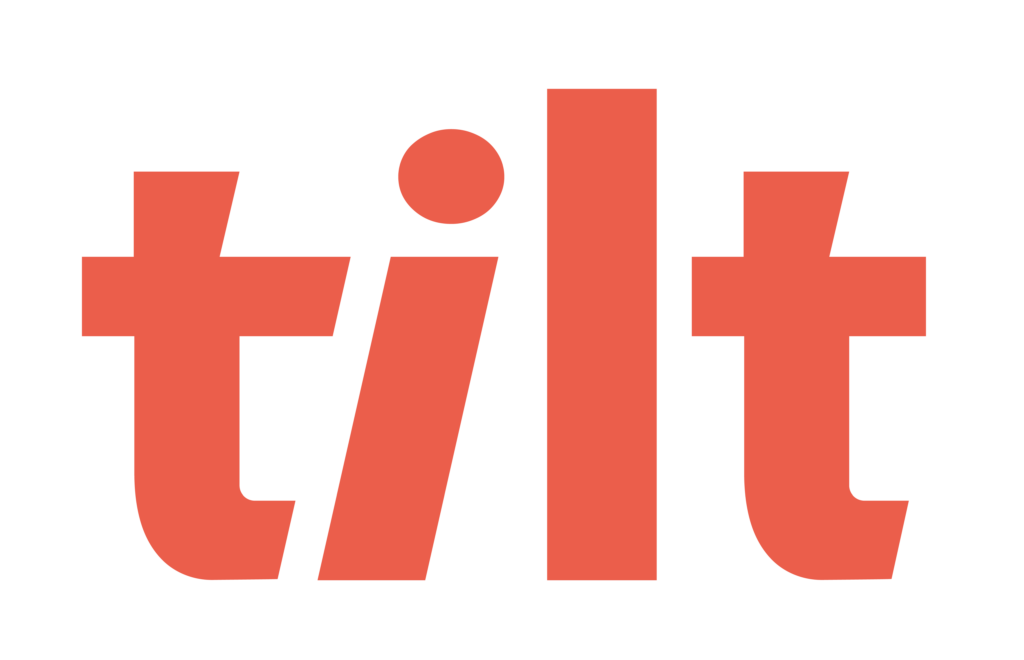In a perfect world, you would be able to eschew all of your least favorite to-dos by outsourcing them to experts and going about your merry way without a care in the world. We know it’s not a stretch to say that leave of absence management is toward the basement of your list of tasks you derive joy from, so we recognize why it’s a prime candidate for outsourcing to the experts.
There are instances, however, where outsourcing every element of your to-do opens you up to unforeseen risk, and if you aren’t careful, those risks can come home to roost in a way that not only makes the leave of absence experience traumatic for your people but can land your organization in a pool of hot water.
If it wasn’t clear from the title of this article, the instance we’re talking about is form filing; a necessary administrative nuisance that you’d love to take off your employee’s plate in an effort to be their LOA hero. What we know to be true is that this particular administrative nuisance should be looked at a bit differently before offloading the effort entirely to a 3rd party.
Here’s why:
Peep That Power of Attorney
If a vendor is asking employees to sign a power of attorney (POA), they’re doing so in order to act and speak on behalf of the employee. “Great!” you might be thinking of yourself, one less thing they have to do.
What this actually means is that the vendor has all of the employee’s personal information, which includes their social security number and access to medical information, and by signing a POA, the employee could be removed from the process entirely. Given that forms being filed to the state have to be done manually, this dramatically increases legal risk and exposure to your organization as you’d be on the hook for any delays, inaccuracies, or document mismanagement for state benefits that occur.
If a vendor offers to handle your form filing yet is not asking for employees to sign a power of attorney, that’s a different legal risk you’re now putting yourself in. This might mean a vendor is technically impersonating your employees, so it’s vital to dig into how they are legally filing claims on behalf of your people. If this is an option you’re pursuing and you don’t have legal counsel on this, we encourage you to seek it.
Keep in mind that not every employee will be comfortable with signing a POA, and in that scenario, you might be increasing organizational risk and providing a poor experience by forcing an employee to go down a road they aren’t comfortable going down.
Fallout From Factual Fat-Fingering
Despite our thorough research, we haven’t found any evidence to support that computer keys are getting any smaller. Yet somehow fat fingering remains an ever-present problem in modern society. Humans are human. Humans make mistakes.
This comes into play in a major way with outsourcing the entirety of the form filing task to a 3rd party. As archaic as it seems, states don’t have technology integrations for form submissions, meaning all forms that are submitted are completed by humans who by nature are prone to mistakes.
If you and your employee are removed from the process clerical errors become nearly impossible to catch and remedy before it’s too late. Perhaps there was a typo, or a claim was filed twice. An employee might move, might have a second source of income, or change their name. All of this can occur while an employee needs to take leave and is required information from states in order to approve claims.
Without being a part of the process, the risk to have a claim inaccurately filed goes up, and the ability to remedy mistakes has an extra layer of red tape to cut through as you won’t be dealing with the state, you’ll be dealing with the 3rd party employee who filed on your employee’s behalf.
Pains at Scale
Since technology can’t file claims for you…or anyone, as your company scales and the leave requests increase, so too does the burden of any 3rd party vendor who has humans completing forms and filing claims. This increases the risk of:
- That vendor rushing through the process to get the rising requests filed on time, leading to a greater risk of human error.
- That vendor not having the bandwidth to file on time and you’re stuck with delayed payments and employees hung out to dry.
- That vendor has to hire (if they can…) and train new employees in order to support the growth of your organization.
Companies can’t afford to have an LOA solution that doesn’t scale as they do and can’t handle an unforeseen influx of leave requests from your employees. When your employees need support most, it’s vital there are no roadblocks in their way.
Being Sure and Secure
Electronic signature tools are great for many applications, but pose security risks when it comes to collecting forms that possess medical and personal data. Want to make sure that information is safe and secure (lawyers are going to say “your darn right”)? Ensure the process in which your vendor collects information is housed securely in a platform where information gets shared directly with HR by the employee.
Sharing basic employee information via DocuSign shouldn’t be a concern, it’s when private information is let loose beyond your sight that you can have a serious legal risk on your hands.
A good rule of thumb we’ve found is if you wouldn’t feel comfortable sharing your own medical and personal information in the manner in which your vendor handles it, don’t ask your employees to do so.
It leads to an untrustworthy experience and can leave your organization liable for lawsuits.
What Risk-Free 3rd Party Form Filing Looks Like
The way to avoid the administrative burdens of form filing while also mitigating risk to your organization and your people is a healthy balance of making filling out forms as easy as possible, and provide personalized guidance for filing that’s as clear as day.
Keeping employees in the loop throughout the process ensures they’ll know the forms are completed accurately and will get submitted on time or early. This not only eases their burden, it eases their mind.
If you’re choosing a 3rd party vendor, make sure they are keeping your employee data secure and are able to use technology to assist in filling out LOA forms while guiding them through simple-to-follow steps for submittal.
Filling out and submitting LOA forms shouldn’t be a burden for employees, and removing the burdens shouldn’t put extra risk on them or their organization. For this specific part of leave management, you need a 3rd party partner not a 3rd party promiser. The risks of them getting it wrong, even if unintentionally, are too costly.
About Tilt
Tilt is leading the charge in all things leave of absence management through easy-to-use tech and human touch. Since 2017, our proprietary platform and Empathy Warriors have been helping customers make leave not suck by eliminating administrative burdens, keeping companies compliant, and providing a truly positive and supportive leave of absence experience for their people.







